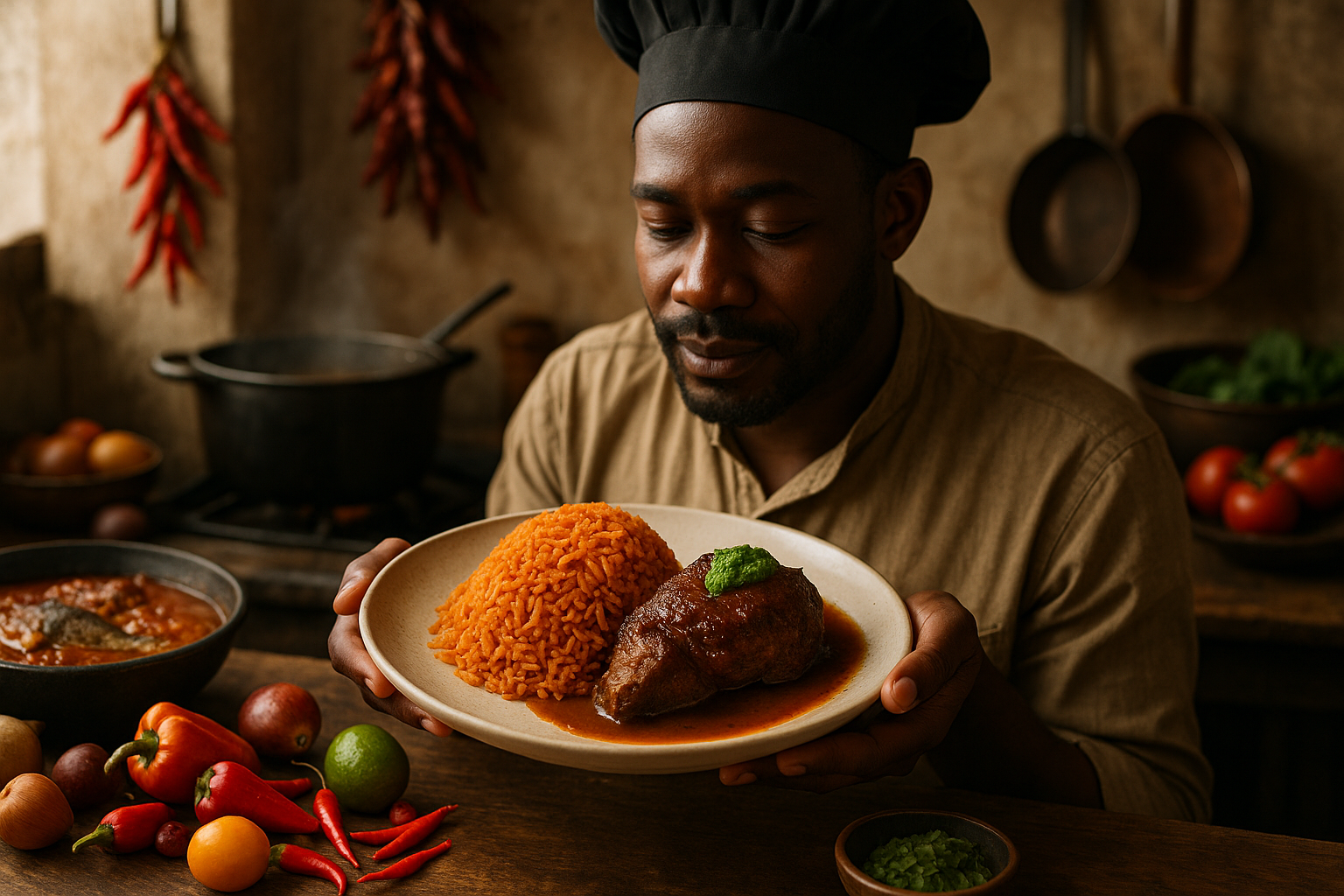Unveiling the Charm of West African Cuisine: A Gastronomic Journey
West African cuisine, with its bold flavors and colorful presentation, has been making waves in the global food scene. A melting pot of diverse cultures and traditions, West African culinary arts offer a unique gastronomic experience that's full of exciting discoveries. This article will take you on a culinary journey through West Africa, exploring the region's iconic dishes, cooking techniques, and the emerging trends that are reshaping its food culture.

The Flavor Profile of West African Cuisine
West African cuisine is a vibrant tapestry of flavors. The region’s traditional dishes primarily revolve around staple ingredients like yams, plantains, rice, millet, and sorghum. Proteins such as fish, meat, and legumes play a key role too, along with a rich variety of fruits and vegetables.
One of the most distinctive aspects of West African cuisine is its use of spices. From the fiery heat of Scotch bonnet peppers to the aromatic punch of cloves, ginger, and nutmeg, these spices give the dishes a unique depth of flavor.
Iconic Dishes from West Africa
West Africa is home to a plethora of dishes that have won global acclaim. Jollof rice, a one-pot rice dish cooked with tomatoes, onions, and a variety of spices, is a crowd favorite. Another beloved dish is Egusi soup, a hearty bowl made from ground melon seeds, vegetables, and meat or fish.
In Ghana, the national dish is fufu, a dough-like food made from pounded yams, cassava, or plantains, often served with a soup or stew. Meanwhile, Senegal’s national dish, Thieboudienne, is a flavorful fish and rice dish that showcases the country’s love for seafood.
Cooking Techniques in West Africa
West African cooking techniques are as diverse as the region’s cuisine. Traditional methods like open-fire cooking and pit roasting are still prevalent. However, techniques like steaming and braising, often in a pot or dutch oven, are also widely used.
One remarkable technique is the preparation of fermented foods. From fermenting cassava for fufu to aging locust beans for soumbala, these processes add a unique depth of flavor to West African dishes.
Trends Shaping West African Cuisine
With the global spotlight on West African cuisine, several trends are emerging. One such trend is the fusion of traditional flavors with modern culinary techniques, resulting in innovative dishes that pay homage to the region’s culinary roots while pushing the boundaries of creativity.
Another trend is the growing emphasis on locally sourced, organic ingredients, reflecting a global shift towards sustainability and ethical consumption. This trend not only promotes healthier dining options but also supports local communities and their economies.
Unusual Facts and Tips About West African Cuisine
-
West African cuisine is often considered one of the healthiest in the world, thanks to its emphasis on whole grains, lean proteins, and a wide array of fruits and vegetables.
-
The region is known for its “street food culture,” with roadside vendors offering mouth-watering snacks like Akara (bean cakes) and Suya (spicy skewered meat).
-
In many West African cultures, meals are traditionally eaten with the right hand, as it’s considered clean and auspicious.
In conclusion, West African cuisine offers a gastronomic adventure that’s both exciting and enlightening. With its rich tapestry of flavors, innovative culinary trends, and deep-rooted traditions, it’s a culinary journey worth embarking on. So, why not step out of your comfort zone and explore the delightful charms of West African cuisine?




